
PPM Best Practices – 5 Essentials You Need to Know
Having the right process for selecting and evaluating your organization’s projects just got easier with Sciforma’s PPM best practices.
Why Sciforma
Immediately find the right information thanks to data centralization
Focus your budget and resources on the highest-value-added projects and products
Manage capacity efficiently. Understand actual resource utilization
Reduce project cycle times and overruns
Solutions
Prioritization and planning made easy for CIOs & IT departments
Analyzing performance and profitability for Innovation and R&D teams
Turning the PMO into a driver for organizational change
Clients
Meet the organizations that are using Sciforma
Sciforma has designed, developed and edited Project Management solutions for over 30 years. More than a solution integrator, Sciforma builds trusted relationships with clients and partners to shape the future together.


Société Générale Algérie: Strengthening the Project Management Process to Further Improve Internal Stakeholder Satisfaction
Enterprise
40
years of experience
275
employees around the world
+300,000
users worldwide
+100
countries covered
Together, we’re creating an unmatched global community of Project Management, PPM, Product Development, and PSA practitioners. Our commitment to your success continues, now backed by Planview’s worldwide expertise and support. Read more.
saved time on project status reporting
optimized project
timelines
eliminated non-strategic
projects


saved time on project status reporting
optimized project
timelines
eliminated non-strategic
projects
When you partner with Sciforma, you're investing not just in our transformative technology, but in over 40 years of award-winning service.








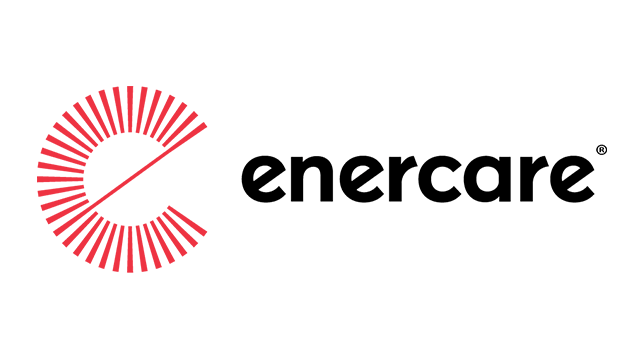
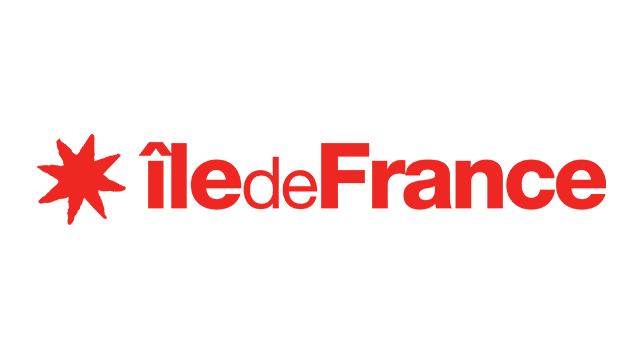
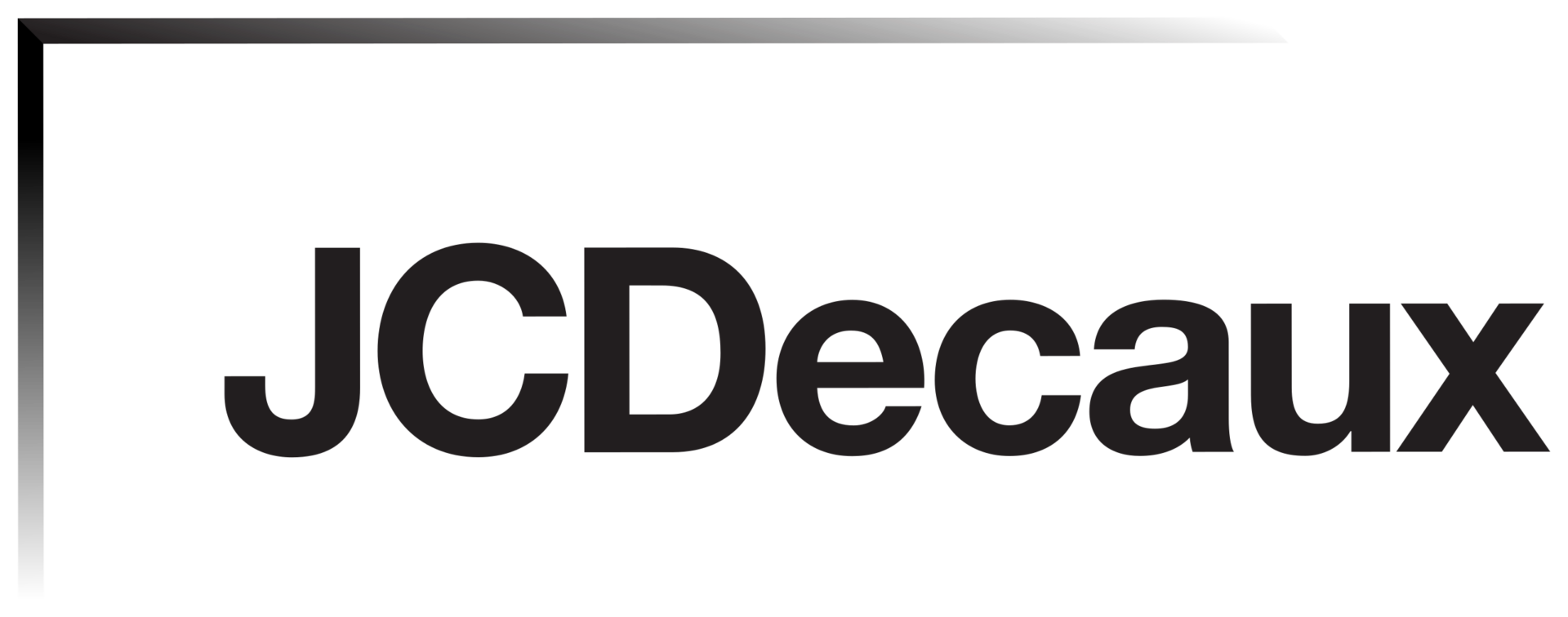

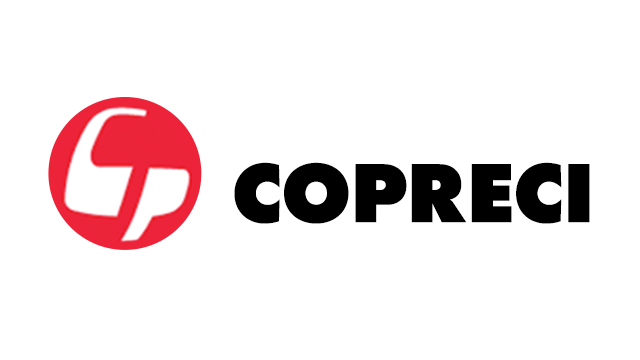


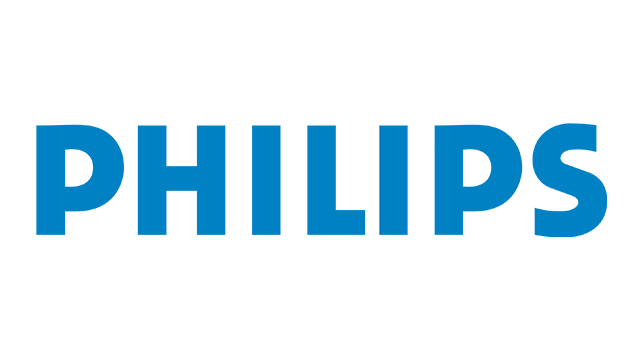
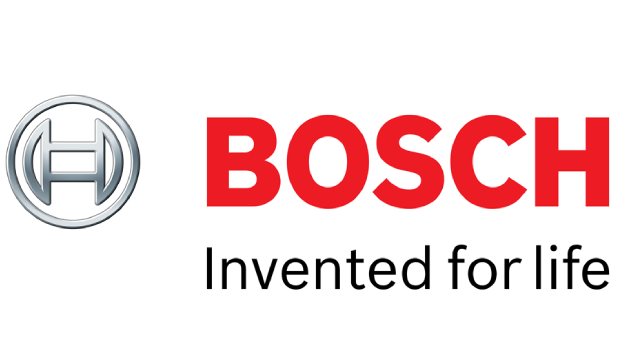


















Sciforma was the tool that best suited our needs. It was an excellent match in terms of scope, configuration, customization, sophistication, and budget.
Carole Leroy
PMO, Bioaster
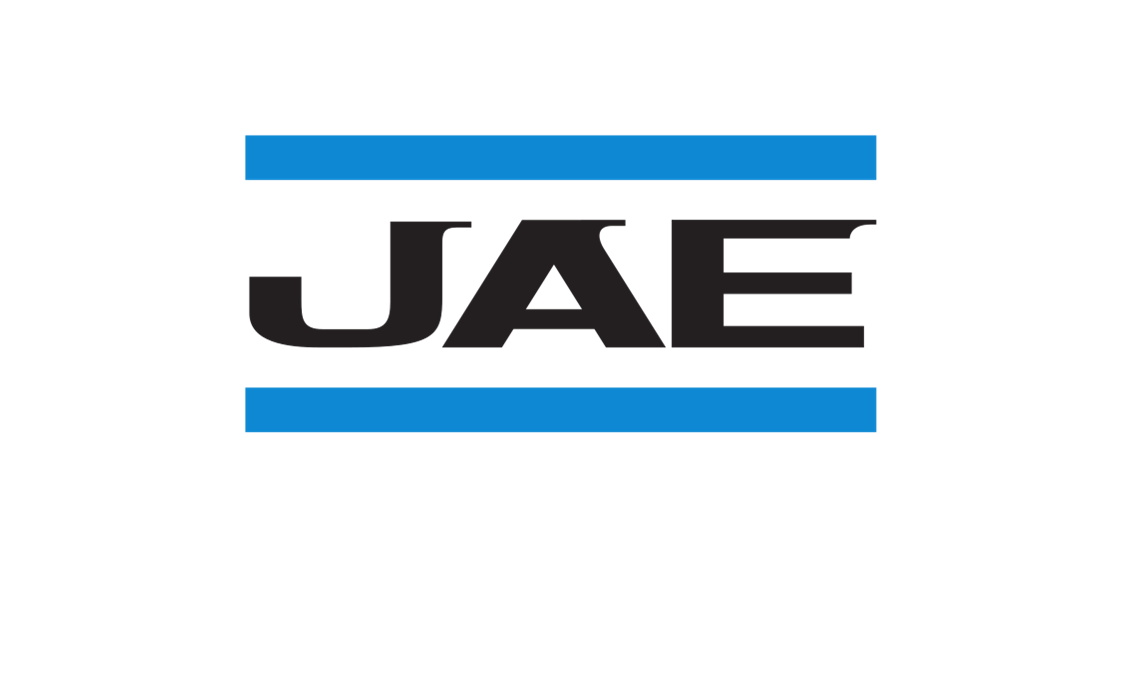
We chose Sciforma because it offers a good balance between all the essentials, resource management, project and schedule management, task management, and more.
Steven Carollo,
Director, Program Management, JAE Oregon

Sciforma was the tool that best suited our needs. It was an excellent match in terms of scope, configuration, customization, sophistication, and budget.
Carole Leroy
PMO, Bioaster

We chose Sciforma because it offers a good balance between all the essentials, resource management, project and schedule management, task management, and more.
Steven Carollo,
Director, Program Management, JAE Oregon

Sciforma was the tool that best suited our needs. It was an excellent match in terms of scope, configuration, customization, sophistication, and budget.
Carole Leroy
PMO, Bioaster

Having the right process for selecting and evaluating your organization’s projects just got easier with Sciforma’s PPM best practices.

If you've reached a particular level of maturity, you may benefit from upping your PPM to include PPM for enterprise-level objectives.

Planview acquires Sciforma, strengthening its leadership in PPM and enhancing solutions for global project management experts.